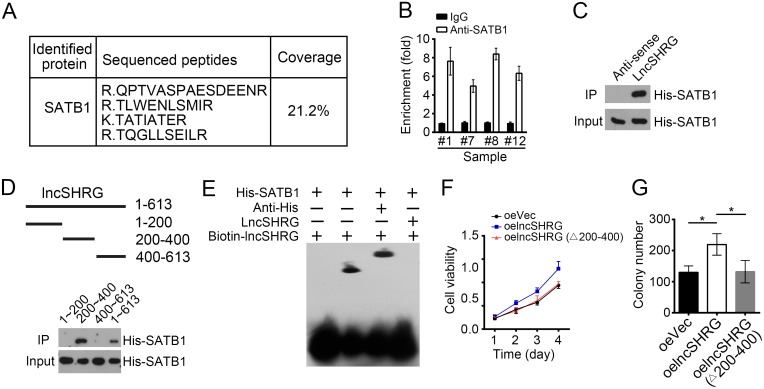Figure 4. LncSHRG associates with SATB1.
(A) Biotin-RNA pulldowns were performed using biotin-labeled lncSHRG or anti-sense control. Eluted fractions were resolved by SDS-PAGE, followed by silver staining and mass spectrometry. SATB1 was identified as a potential interactive protein of lncSHRG. (B) HCC sample lysates were incubated with anti-SATB1 at 4°C for 4 h, followed by an RNA immunoprecipitation assay. (C) Interaction of His-SATB1 with biotin-lncSHRG was checked by RNA pulldown assays. (D) lncSHRG (nt200∼400) was essential for the interaction with SATB1 as shown by domain mapping and RNA pulldown assays. (E) Biotin-labeled lncSHRG (nt200∼400) probe was incubated with His-SATB1 protein, followed by EMSA assays. (F) LncSHRG (nt200∼400) contributed to cell proliferation by MTT assays. Full-length lncSHRG but not truncation version (deletion of nt200∼400) promotes cell proliferation in HCC samples. (G) LncSHRG (nt200∼400) promoted colony formation. Full-length lncSHRG but not truncation version (deletion of nt200∼400) promotes colony formation of HCC sample cells. *p<0.05 by two-tailed Student’s t test. All data presented are shown as means ± SD collected from three independent experiments.

